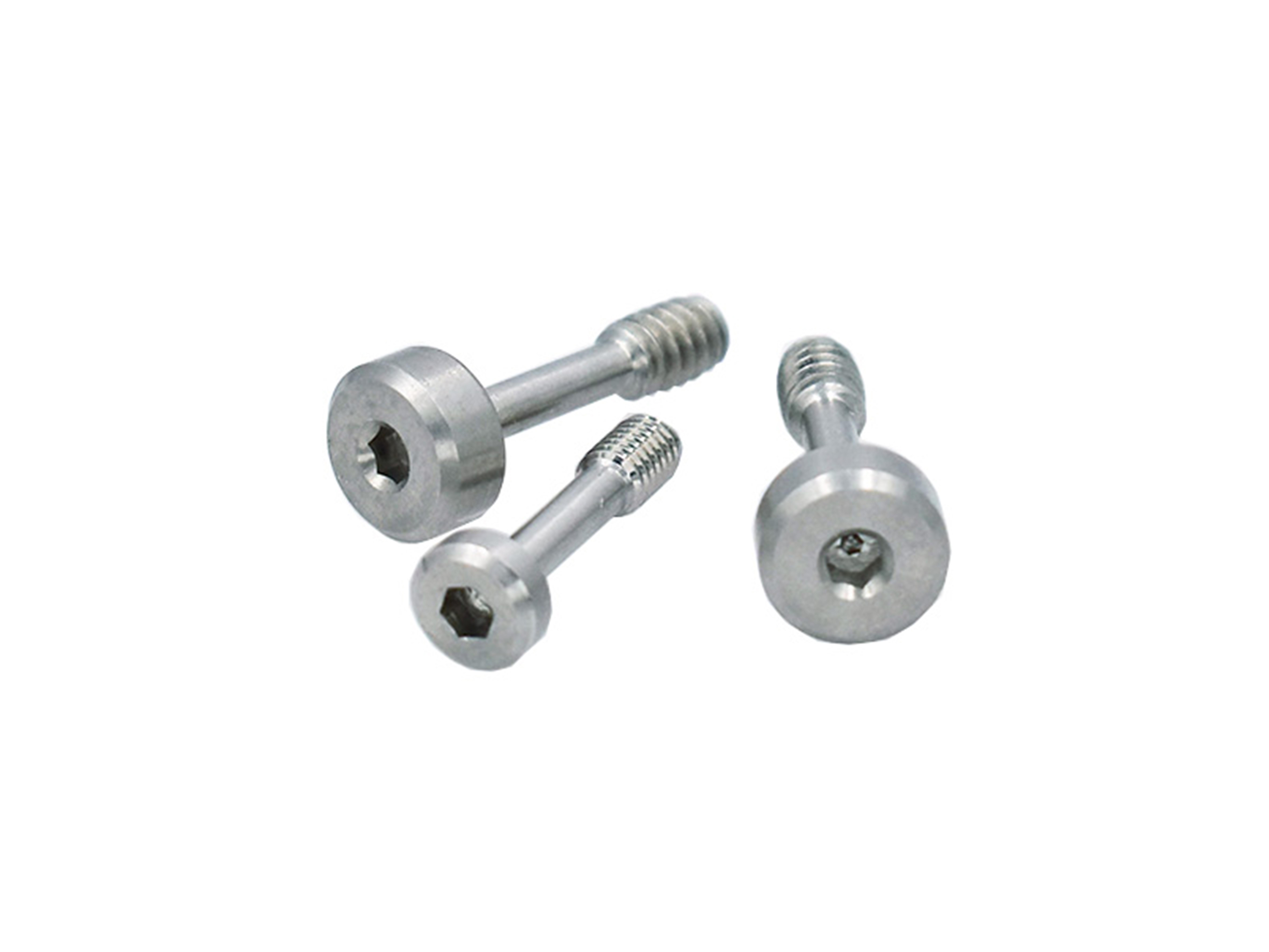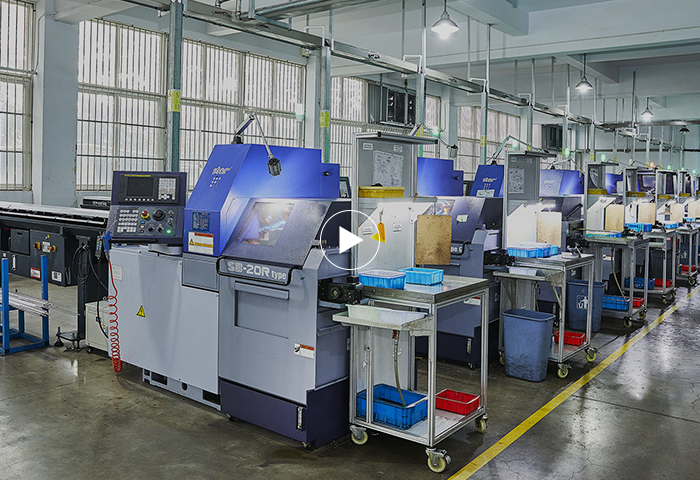How is the captive feature implemented in slotted head captive screws?
The captive feature in
slotted head captive screws is implemented to prevent the complete disassembly of the screw from the mating component, even when it is fully unthreaded. The design ensures that the screw remains attached to the assembly, reducing the risk of loss, facilitating assembly and disassembly, and improving overall convenience. Here are some common methods for implementing the captive feature:
Shoulder Design:
The screw may have a shoulder or a specific portion of the shank that is larger in diameter than the threaded section. This larger diameter prevents the screw from passing through the through-hole in the mating component. The shoulder acts as a mechanical stop, keeping the screw captive in the assembly.
Retaining Washer or Captive Washer:
A captive washer may be added to the screw design. This washer has an outer diameter larger than the through-hole in the mating component, preventing the screw from passing through. The washer can be integral to the screw or a separate component.
Spring-Loaded Balls or Detents:
Some designs incorporate spring-loaded balls or detents into the threaded portion of the screw. When the screw is fully unthreaded, these balls engage with a groove or detent in the shank, preventing the screw from separating completely.
Grooves or Flats:
The screw may have grooves or flats along the shank that engage with features in the mating component. These features act as stops, preventing the screw from being fully withdrawn.
Threaded Retaining Feature:
A portion of the screw may have reverse or interrupted threads that engage with corresponding features in the mating component. This threaded retaining feature creates resistance to complete disassembly.
Spring-Loaded Captive Ball Plunger:
A spring-loaded ball plunger mechanism may be incorporated into the screw design. The ball plunger engages with detents or features in the mating component, providing resistance against full disassembly.
Captive Screw and Receptacle System:
In some applications, a combination of a captive screw and a dedicated receptacle or retainer is used. The screw fits into the receptacle, and both components work together to create a captive assembly.
Integral Captive Feature:
The choice of the captive feature depends on the specific application requirements, the design constraints of the assembly, and the desired level of security and convenience.
Stainless Steel slotted head captive screws are commonly used in applications where frequent assembly and disassembly are necessary, and the risk of losing individual components must be minimized.
What measures are taken to enhance the corrosion resistance of these screws?
To enhance the corrosion resistance of
Hexagon Head Captive Screws, various measures and coatings can be employed. The specific method used can depend on factors such as the material of the screws and the environmental conditions they will be exposed to. Here are common measures taken to improve the corrosion resistance of these screws:
Material Selection:
Choosing corrosion-resistant materials, such as stainless steel or alloys with high resistance to rust and corrosion, is an initial and fundamental step.
Stainless Steel Alloys:
Selecting
class 8 steel hexagon head captive screws alloys, especially those with higher chromium content (e.g., 316 stainless steel), provides excellent corrosion resistance due to the formation of a passive oxide layer.
Surface Coatings:
Applying specific coatings to the screw surface can significantly enhance corrosion resistance. Common coatings include:
Zinc Plating: Provides a protective barrier against corrosion.
Nickel Plating: Enhances resistance to corrosion and adds a decorative finish.
Chromium Plating: Offers improved corrosion resistance and a shiny appearance.
Dacromet Coating: Provides a thin, corrosion-resistant layer often used in harsh environments.
Passivation:
Anodizing (for Aluminum Screws):
Anodizing is an electrochemical process that forms a protective oxide layer on the surface of aluminum screws, enhancing their corrosion resistance.
Ceramic Coatings:
Some advanced coatings, such as ceramic coatings, provide a durable and corrosion-resistant surface, protecting the screws in challenging environments.
Thread Locking Compounds:
Using thread locking compounds, which often contain corrosion inhibitors, can help prevent loosening due to corrosion and enhance overall durability.
Sealants and Lubricants:
Applying sealants and lubricants can protect the screw threads and joints from moisture and contaminants, reducing the risk of corrosion.
Galvanic Corrosion Prevention:
Taking measures to prevent galvanic corrosion, such as using screws and components made of compatible materials, helps maintain corrosion resistance.
Regular Maintenance:
Implementing regular maintenance practices, such as cleaning and inspecting the screws, can help identify and address corrosion issues early on.
Environmental Considerations:
Considering the specific environmental conditions the screws will be exposed to and choosing coatings or materials that are well-suited to those conditions.













